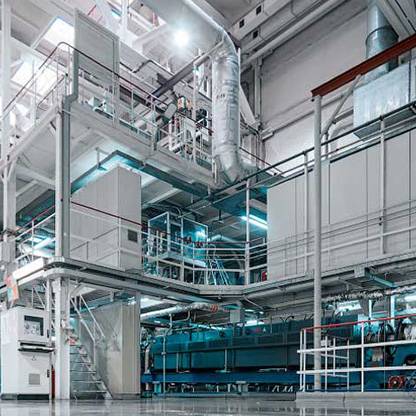
Mechanical, Electrical, and Plumbing (MEP) systems are crucial to the functionality and efficiency of any building. However, MEP designing is a complex task that involves multiple disciplines and coordination. Whether you're an architect, engineer, or project manager, understanding the challenges in MEP design and how to overcome them is essential for successful project completion.
One of the most common challenges in MEP designing is ensuring proper coordination between different disciplines—mechanical, electrical, and plumbing. Each of these systems has unique requirements and constraints, which often lead to clashes or interference when integrated into a building design.
Solution: Integrated Design Approach
To overcome this, adopting an integrated design approach is crucial. Utilizing Building Information Modeling (BIM) software can help in visualizing potential clashes early in the design process. Regular coordination meetings between the MEP design services team and other stakeholders can also facilitate better communication and collaboration.
Limited space within a building can pose significant challenges when designing MEP systems. Tight spaces often result in difficult installations, maintenance issues, and potential system inefficiencies.
Solution: Early Space Allocation
Allocating space for MEP systems early in the design phase is vital. Providers of MEP Design Services in India should work closely with architects to ensure that sufficient space is allotted for each system. Using modular systems that can fit into tight spaces without compromising performance is another effective strategy.
Designing energy-efficient MEP systems is not just a trend but a necessity. However, achieving energy efficiency while maintaining functionality and cost-effectiveness is a challenging balance to strike.
Solution: Advanced Modeling Techniques
Utilize energy modeling software to simulate the performance of MEP systems under various conditions. Trusted MEP Designing Services in Delhi by Canntech Services Pvt. Ltd. also focuses on integrating renewable energy sources, such as solar panels or energy-efficient HVAC systems, into the design. Regularly updating the design to incorporate the latest technologies can further enhance energy efficiency.
MEP designing must comply with local building codes and regulations, which can vary significantly depending on the location. Ensuring compliance while meeting the client's needs can be challenging.
Solution: Staying Updated on Regulations
It's essential for MEP designing services to stay updated on the latest building codes and regulations. Regular training and collaboration with local authorities can help ensure that designs are compliant from the start. Consulting with regulatory experts during the design process can also prevent costly revisions later.
MEP designing presents several challenges, but with the right strategies, these can be effectively managed. By focusing on coordination, space optimization, energy efficiency, and regulatory compliance, MEP design services can deliver efficient, reliable, and sustainable systems that meet the needs of any building project.